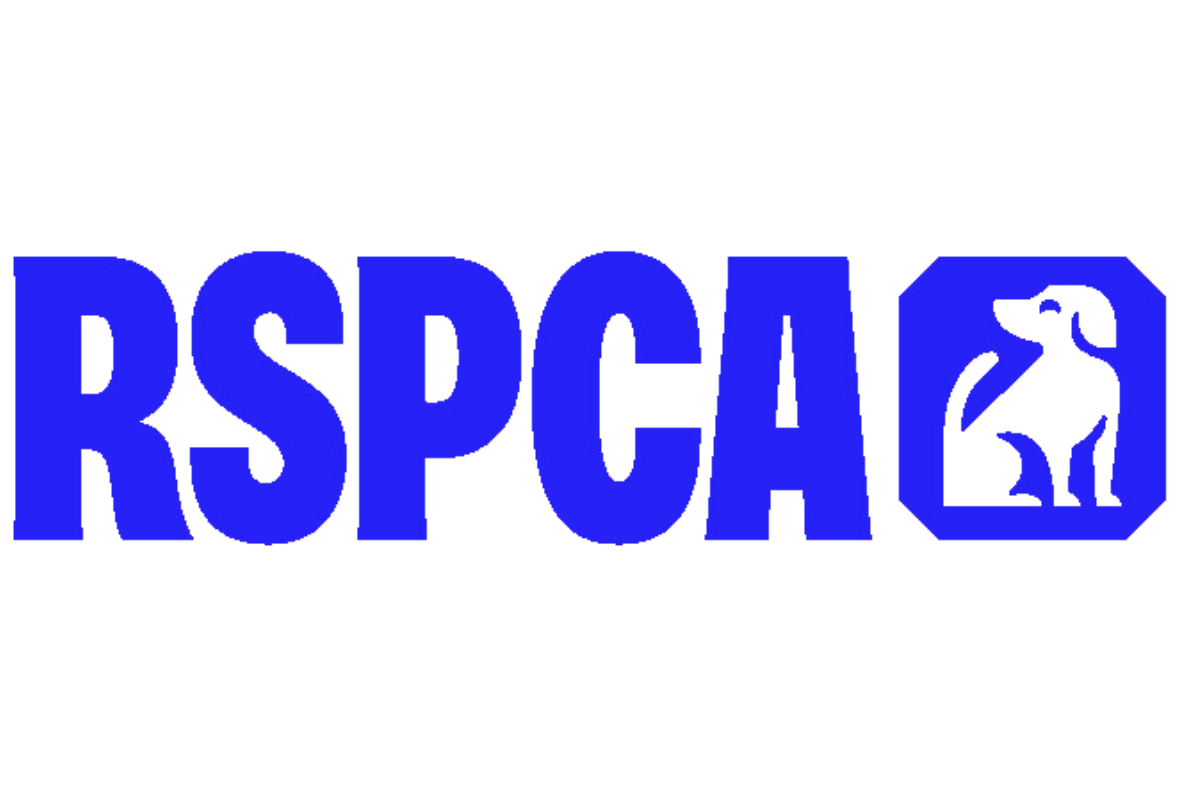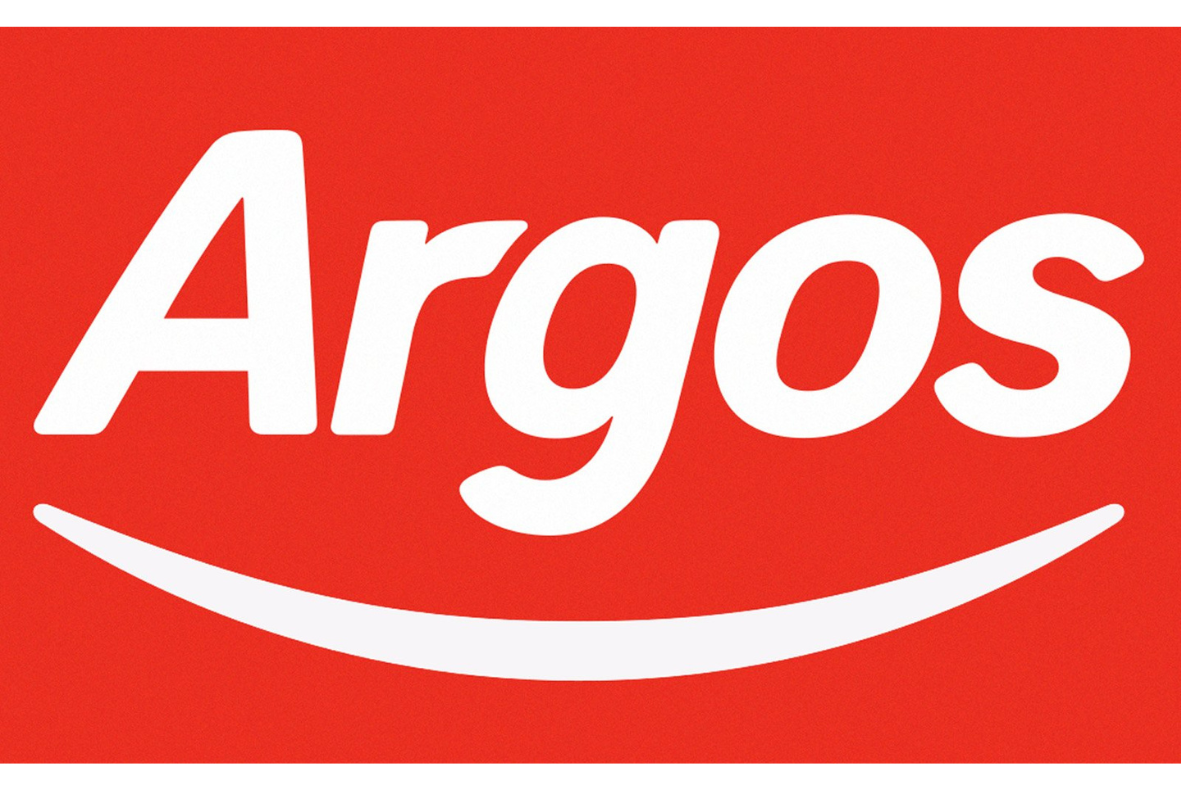Cheap Pet Insurance
- Compare 15 providers at once
- Prices from just £3.35* per month
- Top providers looking to help

Cheap Chesapeake Bay Retriever Dog Pet Insurance
 The Chesapeake Bay Retriever, or Chessie, is a hardy, loyal, and versatile breed with a rich American history. Bred on the shores of the Chesapeake Bay, the Chessie’s origin dates back to the early 1800s when two Newfoundland-type dogs, Canton and Sailor, survived a shipwreck off Maryland’s coast. These resilient dogs were excellent retrievers with dense, water-resistant coats and amber eyes. Local hunters valued these traits and began to breed a line of dogs well-suited to the area’s freezing waters, marshy terrain, and challenging climate.
The Chesapeake Bay Retriever, or Chessie, is a hardy, loyal, and versatile breed with a rich American history. Bred on the shores of the Chesapeake Bay, the Chessie’s origin dates back to the early 1800s when two Newfoundland-type dogs, Canton and Sailor, survived a shipwreck off Maryland’s coast. These resilient dogs were excellent retrievers with dense, water-resistant coats and amber eyes. Local hunters valued these traits and began to breed a line of dogs well-suited to the area’s freezing waters, marshy terrain, and challenging climate.
Renowned for his powerful swimming abilities, the Chessie was the ideal hunting companion for waterfowl hunters. His dense double coat, which is oily and water-resistant, allows him to stay warm and dry even in icy water. Standing 23-26 inches and weighing 65-80 pounds for males (females are slightly smaller), Chessies are muscular and well-balanced, with large webbed feet and a distinctive coat that varies in shades of brown, sedge, or deadgrass. Their coat is short and wavy over the neck and back, which helps repel water, keeping them dry in harsh conditions.
Chessies are loyal, intelligent, and protective, which sets them apart from other retriever breeds. While they’re friendly and love a task, they can be stubborn and selective with strangers. Their independence and strong protective instincts make them ideal for experienced owners who understand their spirited and sometimes willful nature. Though great family dogs, Chessies thrive best in active homes where their talents as working dogs are appreciated, and their social and training needs are met.
Just some of the great pet insurance brands included









